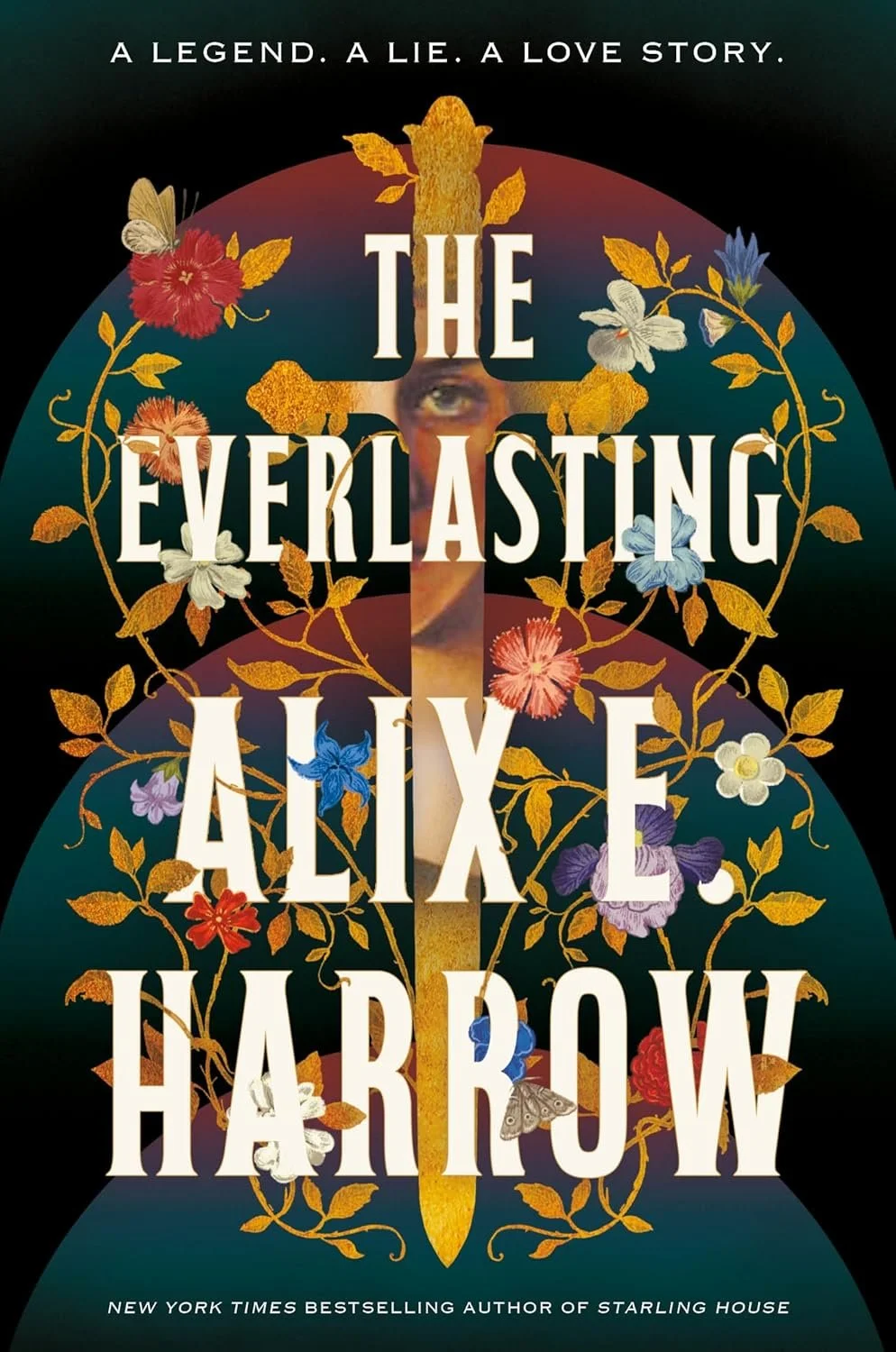The Dragon Republic by R.F. Kuang — Review and Content Warnings
Title: The Dragon Republic
Genre: Dark Fantasy, Military Fantasy
Series: The Poppy War #2
Synopsis: Though the third battle has just ended, shaman and warrior Rin cannot forget the atrocity she committed to save her people. Now she is on the run from her guilt, the opium addiction that holds her like a vice, and the murderous commands of the fiery Phoenix—the vengeful god who has blessed Rin with her fearsome power. Though she does not want to live, she refuses to die until she avenges the traitorous Empress who betrayed Rin’s homeland to its enemies. Her only hope is to join forces with the powerful Dragon Warlord, who plots to conquer Nikan, unseat the Empress, and create a new republic.
Content Warnings
General Rating: Adult (18+ / TV-MA)
Spice Rating: Severe
Rape witnessed by the protagonist, rape discussed by characters
Violence Rating: Severe**
Brutal descriptions of war, rape descriptions, massacre, torture
Profanity Rating: Severe
154 occurrences of f*ck
Book Review
Overall rating: 5/5 stars
What I Liked
As in The Poppy War, The Dragon Republic is dark, gritty, and reminiscent of Chinese history as told through mythology. This book explores the equivalent of the Chinese Civil War (1927-1949). It was informative for me; while the series is mythological fantasy, it allows a glimpse into the culture, background, and rationale for the Chinese Civil War. It also explores the repercussions of opium addiction, territorial warfare, and the clashing of ideologies.
The Dragon Republic is an insightful exploration of (recent) Chinese history and ideology through the lens of mythical fantasy, and it works. I wish more authors wrote historical/mythical fantasy to educate their readers about real-life events, whether positive or negative. Fiction and fantasy have a way of working underneath the reader’s skin in a way that a history textbook can’t.
What I Didn’t Like
Similar to The Poppy War, The Dragon Republic is violent and gritty. One of the most disturbing scenes involves a rape and the subsequent violent murder of the rapist. Other scenes include mass murder on a scale that I, in my Western Canadian upbringing, can’t fathom because I simply can’t imagine that many people in one location, never mind going to war with one another (all Eastern readers may now laugh at me… it’s okay).
At first, I didn’t like Rin’s descent into opium addiction. It seemed desperate and futile. However, it is necessary to depict the desperation of addiction to communicate the intensity of it. Kuang does well in this. Not to worry, Rin does break free of her addiction (at least to drug use). Her vices are many; she is a deeply flawed character, which lends to a certain unlikability, mostly because she continues to make choices that lead to harm.
Major Themes
Addiction as a response to PTSD, trauma, and grief: Rin doesn’t know how to deal with the consequences of her actions, so she allows her anger to fuel her into rash actions that endanger more lives. She uses addiction to cope with her intense, out-of-control emotions… not the best tool to use, but the only one at her disposal until Vaisra pulls her out of her self-destructive behaviours. Even so, Vaisra becomes another sort of addiction as Rin desperately seeks his approval.
“But she didn’t want to be strong. Because if she were strong then she would be sober, and if she were sober she would have to consider the consequences of her actions. Then she’d have to look into the chasm.” (108)
“She craved Vaisra. She wanted his approval. Needed it. He provided her with structure, control, and direction that she hadn’t had since Altan died, and it felt so terribly good.” (171)
Colonization: It’s no secret—the Hesperians are equivalent to the Western world, especially Britain, and their thirst for conquest and colonialization is insatiable. Kunag makes no secret of her dislike for the Western colonialism of Asia, and it’s no wonder, since Britain and the other European powers effectively raped the land of resources and ripped away Chinese culture, identity, and dignity. Rape, then, is an adequate motif in the book. Religion is also closely tied with colonialism; convert the nation, and they will be docile and obedient to the ruling powers.
“We’re not equals,” Augus said. “But that doesn’t mean we can’t be friends. And I don’t think the path to salvation involves treating you like you’re not people.” Augus, Rin realized, really thought that he was being kind. (320)
Democracy, imperialism, and dictatorship: The ideologies begin to run hot in this book. Ideals of democracy are thrown around and criticized. Imperial rule is contested and defended. Dictatorship isn’t yet a reality, but the reader begins to see why Nikara chooses that path as it is steeped in civil war over ideologies and ambition.
“The Nikara people aren’t ready for democracy. They’re sheep. They’re crude, uneducated fools.” (153)
“Democracy’s not going to work. Look at them… They’re cows. Fools. They’re voting for the Republic because they’re scared—I’m sure they’d vote just as quickly to join the Federation… They need someone to tell them what to do, what to think—” (305)
Writing Style
Kuang continues her direct, insightful writing style in The Dragon Republic. She weaves powerful statements and motifs into her characters’ narrative arcs in ways that do not feel forced or clichéd. Her descriptions are visceral and evocative. Rin’s internal narrative is emotionally charged and intense. The strategy and militarism are not overwhelming; they move the plot along smoothly without becoming bogged down.
Tropes
Antihero and descent into darkness
Magical military fantasy
Post-traumatic growth/decline
Found family
Others Like This
The Fifth Season by N.K. Jemisin
The Priory of the Orange Tree by Samantha Shannon
Babel by R.F. Kuang
Reader discretion is advised.






Book review with content and trigger warnings for Hemlock & Silver by T. Kingfisher